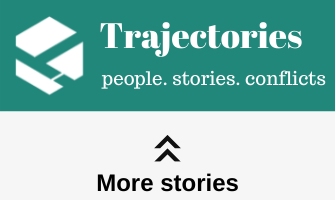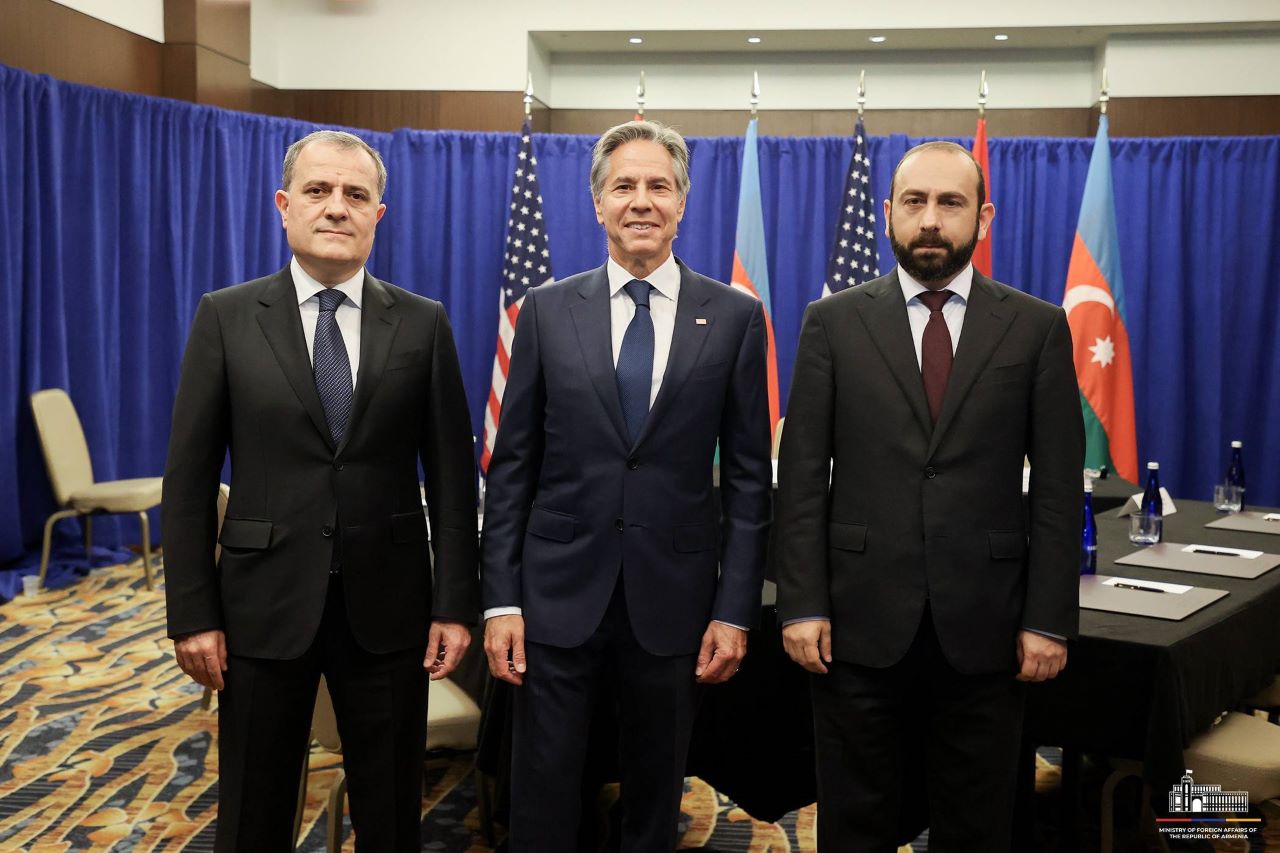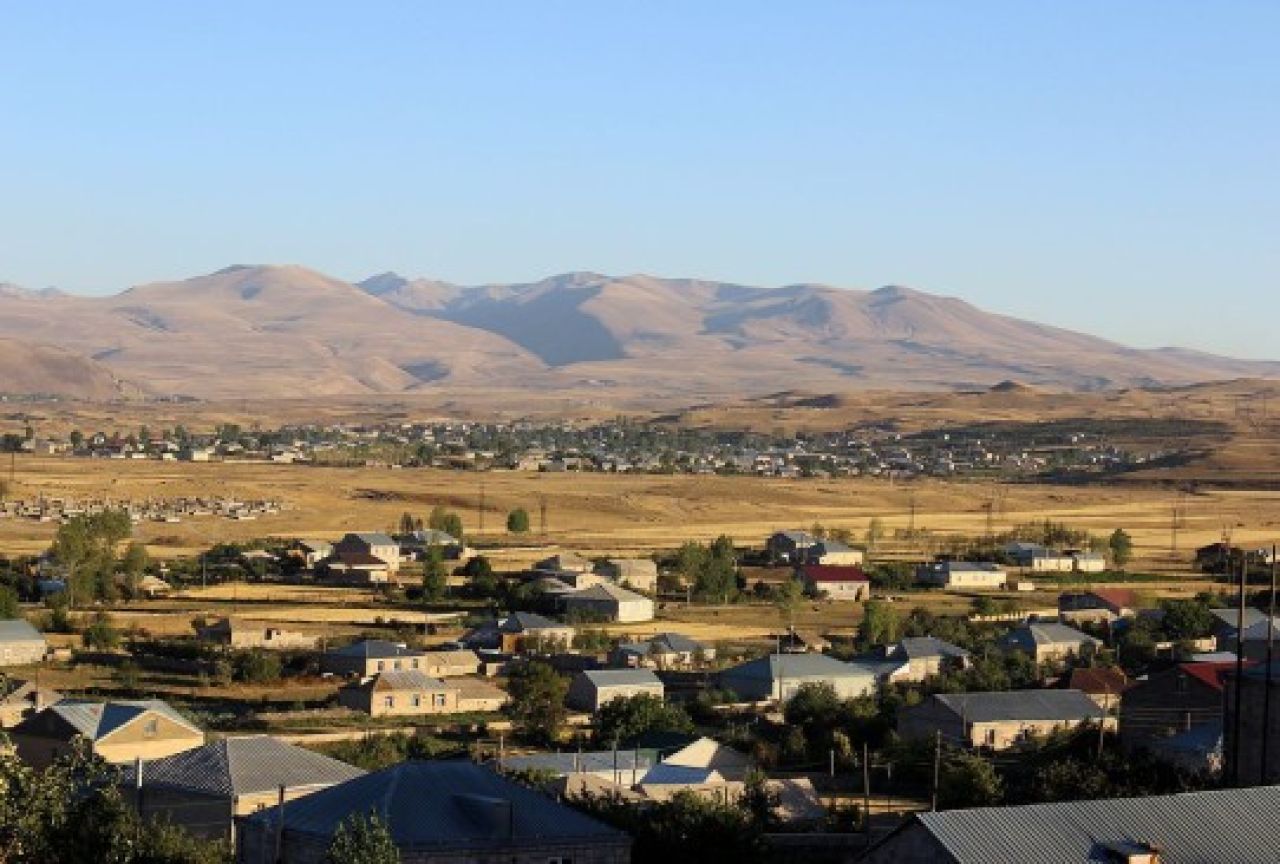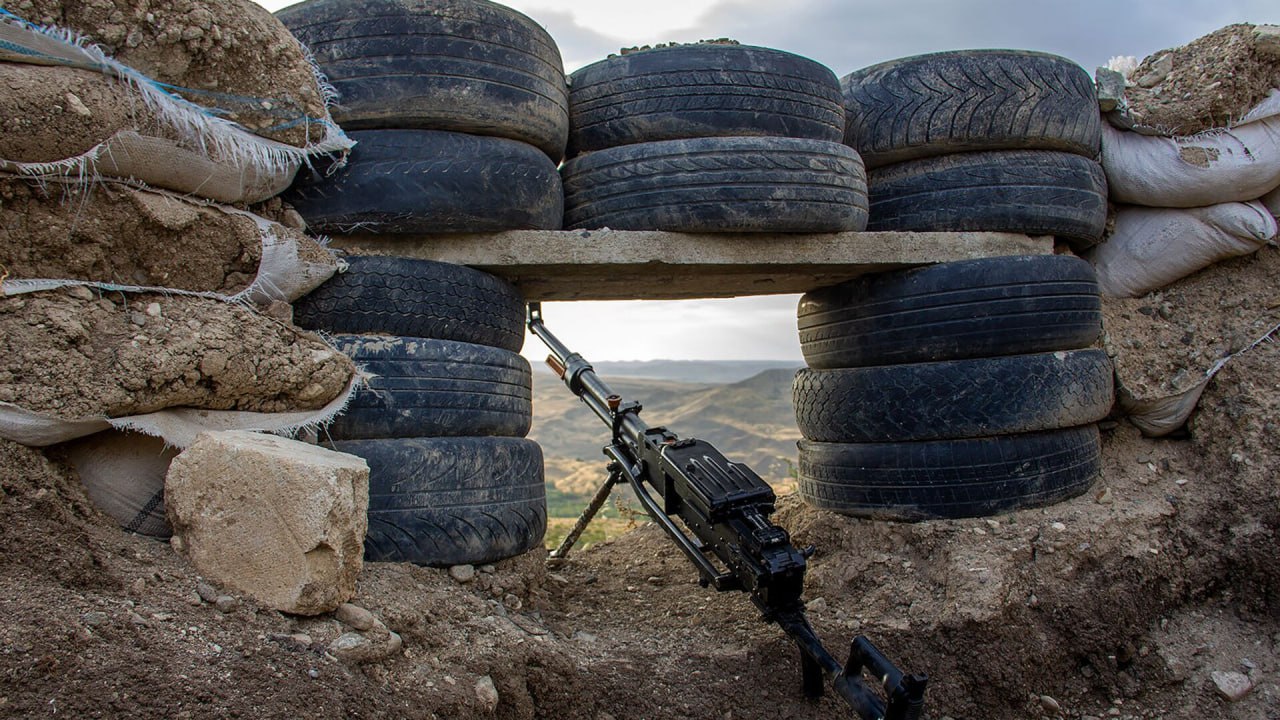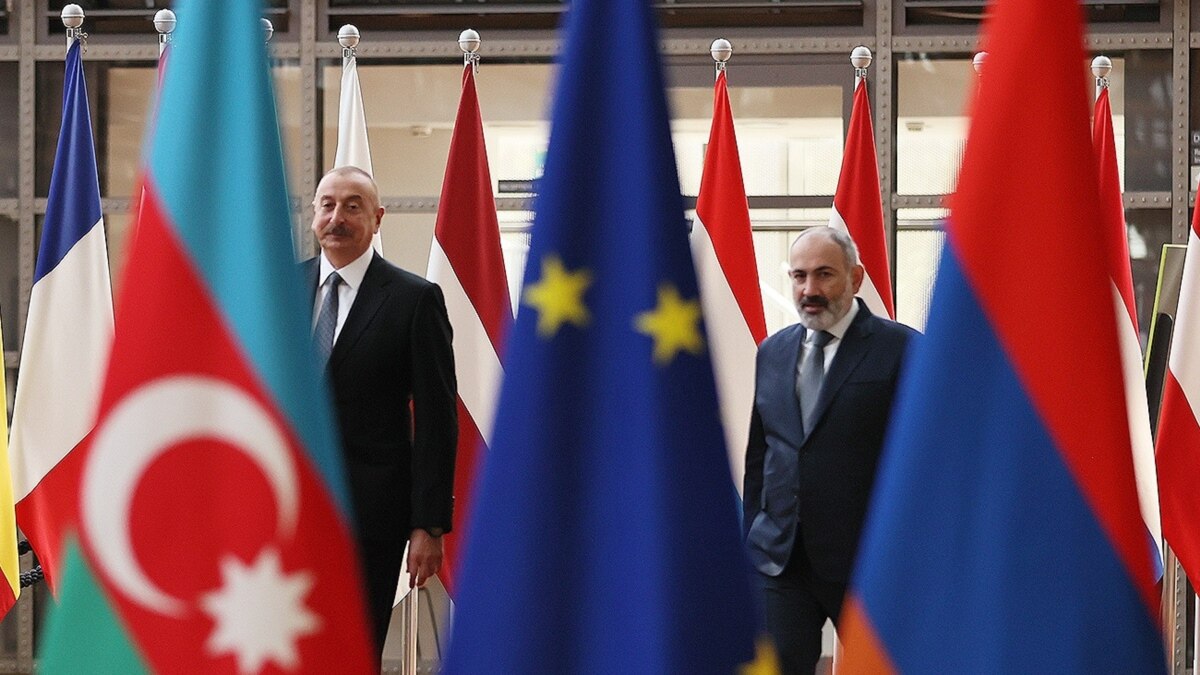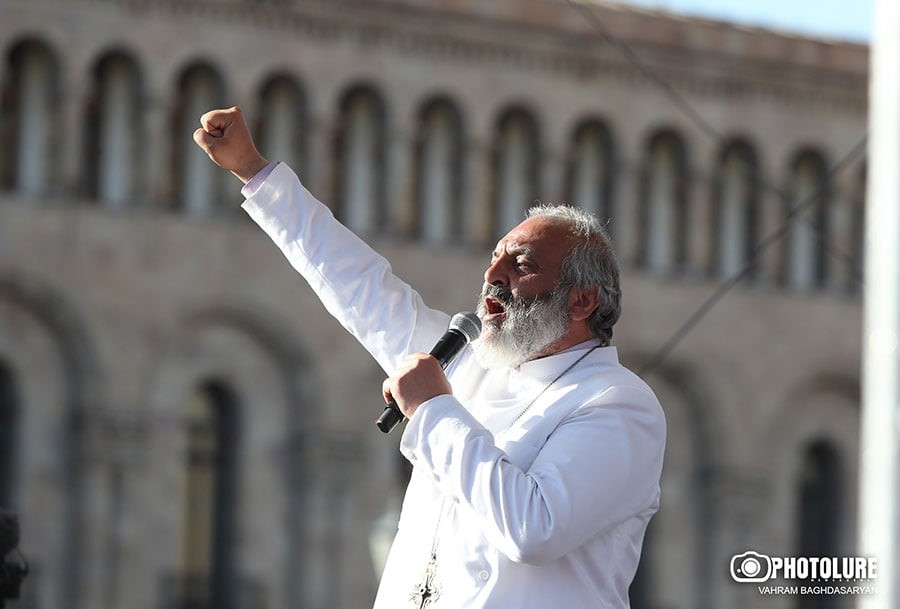Karabakh status - future prospects and possible options. A view from Baku
“The status can go to hell”, says Azerbaijani President Ilham Aliyev.
“The status of Karabakh must remain unchanged and be determined in the future”, says Russian President Vladimir Putin.
“The status of Nagorno-Karabakh remains one of the unresolved issues”, says Armenian Prime Minister Nikol Pashinyan.
This status has been the cornerstone of all negotiations on the settlement of the Armenian-Azerbaijani conflict since 1992. The most important issue for the parties to the conflict is not the ceasefire, withdrawal of troops, return of refugees or the mutual demarcation of territories along the front line, but this notorious “status”.
René Descartes once said that people would get rid of half of their troubles if they could agree on the meaning of words. It turned out that the meaning of the word “status” is interpreted differently in Armenia, Azerbaijan and Russia.
Many in Azerbaijan believe that Armenia, by the word “status”, means “Miatsum”. That is, the complete annexation of the former Nagorno-Karabakh Autonomous Oblast to Armenia. At the same time, formally, Nagorno-Karabakh can be declared an independent state.
In Azerbaijan, however, many understand “status” as the full integration of the Karabakh Armenians and the consequent issuance of Azerbaijani passports to them as well as the “Khankendi (Stepanakert) region” with the head of the executive branch appointed from Baku. At the same time, schools in the Armenian language will “generously” be allowed for “cultural autonomy”.
In Russia, judging by the words of Putin and Lavrov, the “status” refers to the constant presence of Russian troops in Khankendi (Stepanakert), Lachin and Khojaly. The scale of the construction of barracks and training grounds indirectly indicates that the Russian Federation does not intend to leave Karabakh in the next four years.
As far as I know, the absolute majority of the Karabakh Armenians do not even want to think about any form of “status” within Azerbaijan. Although a member of the Milli Mejlis of Azerbaijan from the Khankendi constituency, Tural Ganjaliyev, claims that the Karabakh Armenians residing in the zone of responsibility of the Russian peacekeepers are applying to him with a request to acquire Azerbaijani citizenship.
There is at least one confirmed case of such an attempt. In early September, an Armenian refugee from Shusha (Arm. Shushi) Izaura Balasanyan, together with her children, tried to return to her house under the control of the Azerbaijani side, but was detained by Russian peacekeepers and handed over to the local de facto authorities. She explained her act by the difficult financial situation. In any case, such cases are of an isolated nature and can be disregarded.
Several years ago I wrote an article entitled “What if Karabakh is returned”, where I described what difficulties would arise if the Karabakh Armenians were presented with “the highest autonomy status”.
Then they talked about various models of autonomies: the Aland Islands, South Tyrol, Northern Ireland and so on. Yerevan and the Karabakh Armenians rejected all of these models.
Now, after the results of the second Karabakh war, I understand that there can be no “broad autonomy” or even the “narrowest” one because the overwhelming majority of citizens on both sides of the conflict refuse to accept this option. Azerbaijan believes in “woe to the vanquished”, in Armenia they are convinced that autonomy within Azerbaijan violates the right of the Karabakh Armenians to self-determination, and that Karabakh is historically an Armenian land.
I believe that there are two options for resolving the problem with territories and status, or more precisely, three, but the third option is the most undesirable.
- The first is the exchange of territories, where Azerbaijan gives Armenia Khankendi, Mardakert, Martuni (Stepanakert, Agdere, Khojavend), Lachin corridor and Gandzasar region in exchange for appropriate compensation for the territory along the Araks river – the so-called “Zangezur Corridor” (connecting the main part of Azerbaijan with the exclave of Nakhichevan). The status of the Lachin corridor (connecting the mountainous part of Karabakh with Armenia) can be agreed upon separately. The proposal is not new, the so-called “Gobble Plan”, was actively discussed during the negotiations in the American city of Key West, with the mediation of the OSCE Minsk Group but was rejected by Heydar Aliyev.
- The second option is another stage of hostilities and the deportation of the Armenian population of Karabakh – the majority of it, which refuses to accept Azerbaijani citizenship. It sounds cynical, but if you think about it, this is also the path to stability. After all, there is no Azerbaijani population left in Armenia. Of course, in this case, Azerbaijan will face strong international pressure, and most likely sanctions. Therefore, it would be better to exclude this option.
- And the third option, which I don’t want to think about involves extending the current status quo indefinitely as well as increasing the presence of Russian troops along the Armenian-Azerbaijani border (pretexts for that will easily be found).
Putin says that first we need to establish peace in Karabakh. But how? The seventh paragraph of the tripartite statement of November 10, 2020 provides for the return of refugees with the participation of UNHCR. A year has passed, but the UNHCR has not even begun inventorying the refugees. I know that many refugees in Azerbaijan, especially the older generation, are eager to return to their lands. But until a peace treaty is concluded and the territories are not cleared of mines, sending them there will be, to put it mildly, irresponsibile.
Now let’s fantasise a little.
Let’s say the Karabakh Armenians decided to take advantage of their “highest autonomy status” and live within Azerbaijan. One question confuses me: what textbooks will their children learn from? Of course, there are no problems with sciences, but what about history?
Incidentally, this is one of the areas of conflict transformation. Right now we need to start working on creating “neutral, impartial” textbooks for such groups of the population, especially for children of refugees.
The second important area refers to the following. I am often asked – “you are proposing to establish a special status for the Karabakh Armenians, but what makes them better than the Tats, Lezgins, Talyshes and other ethnic minorities residing in Azerbaijan? I really think that all Karabakh people, both Armenians and Azerbaijanis, need a special temporary status, simply because they live in a post-conflict territory. In the future, of course, I would like to see the municipalities to have real powers, democratic elections of mayors and governors and a state program to preserve the language and culture of all ethnic minorities.
The word “status” can cause hostility in Azerbaijan, because, according to Aliyev, “it has gone to hell”. However, we can replace this word with something else, for example, “free economic zone” exempt from taxes for 10 years and the issue of authority should be a matter of negotiations.
Trajectories is a media project that tells stories of people whose lives have been impacted by conflicts in the South Caucasus. We work with authors and editors from across the South Caucasus and do not support any one side in any conflict. The publications on this page are solely the responsibility of the authors. In the majority of cases, toponyms are those used in the author’s society. The project is implemented by GoGroup Media and International Alert and is funded by the European Union



